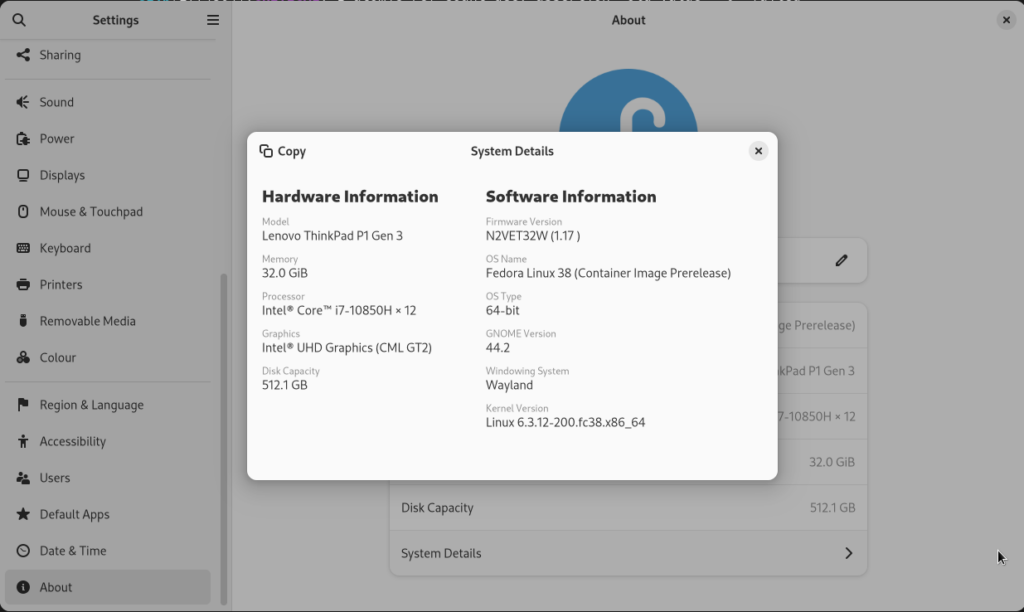Historically Planet GNOME is the go-to place for those interested in following up with the work of GNOME community members, but with the rise of social media platforms and the downfall of blogs (and RSS feeds), one would think that feed aggregators would follow the path of losing popularity within our community too. Surprisingly that doesn’t seem to be the case for Planet GNOME.
In a poll recently made by Emmanuele Bassi in GNOME’s Discourse, the Planet was well ranked in the list of answers to the question “How do you find what people are working on?”. Conversations in the GNOME Hackers chat channel also led to this conclusion.
Given how useful Planet GNOME still is to our community, I think we should spend some time giving it some love and continue evolving the platform.
A historical “editorial” choice of Planet GNOME was to only include personal blogs. This was decided before I became an editor. The rationale was that this is a community space and by linking people to what they write, we are nurturing a community that puts people first. After all, GNOME is all about its people!
On the other hand, news.gnome.org was designed to be the go-to place for more formal/impersonal/institutional communication. In practice that didn’t work out so well as the website never reached as broad of an audience as Planet GNOME.
Also, as projects started to create their blogs (such as the Shell blog, GTK blog, etc…), people started to work around the editorial choice by adding multiple author feeds to the same blog. I think this seems to strike the right balance between personal and institutional communication.
So to help information spread broadly in our community, I (wearing my Editor hat) decided to lift this restriction. Now we started accepting project blogs too. Recently we added the Vala Blog, Accessibility Blog, and Flathub Blog. File an issue if you write for a GNOME related project blog that you wish to see on Planet GNOME.
While we are at it, interesting conversations are happening intending to improve the overall Planet GNOME experience and reach. Ideas and suggestions are being discussed in Discourse and you are welcome to join the conversation!


